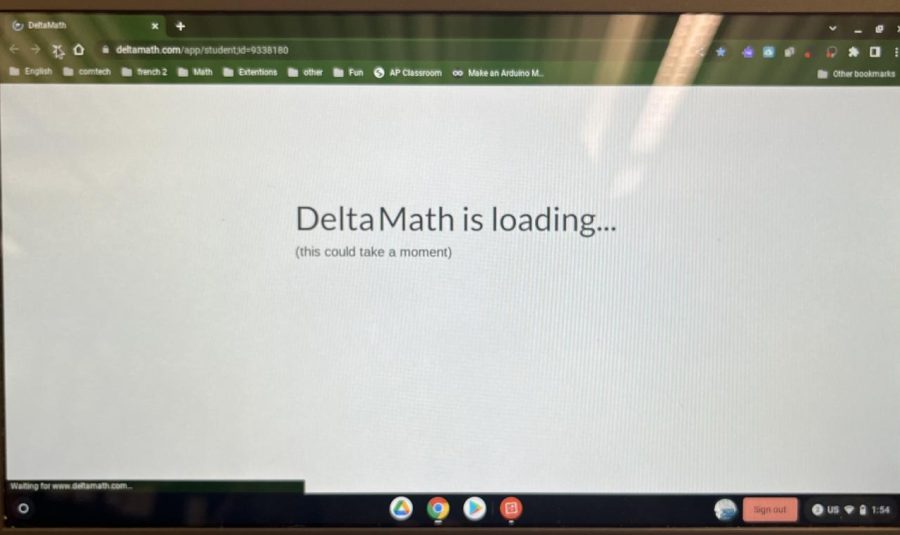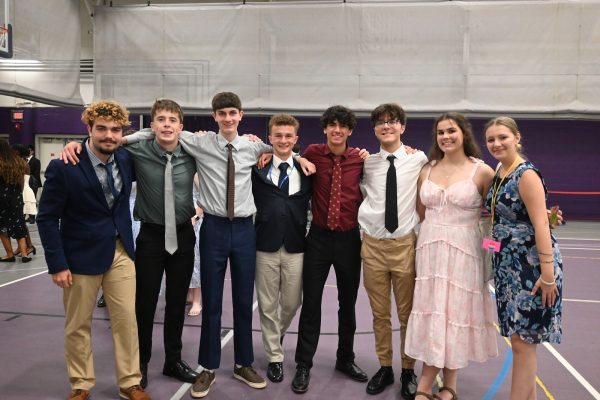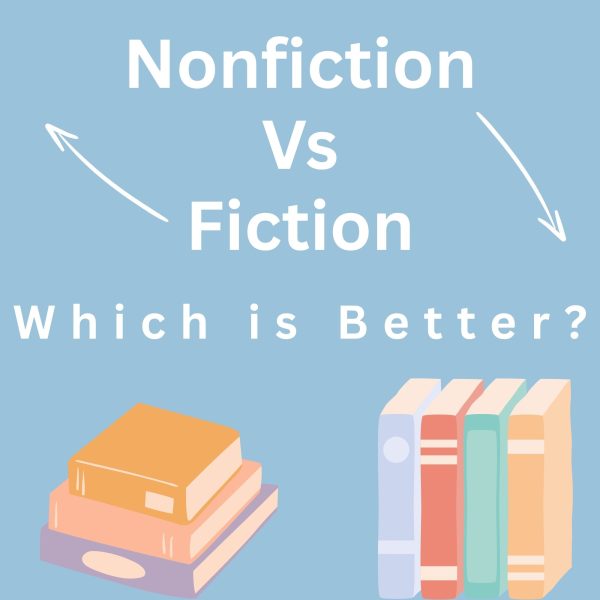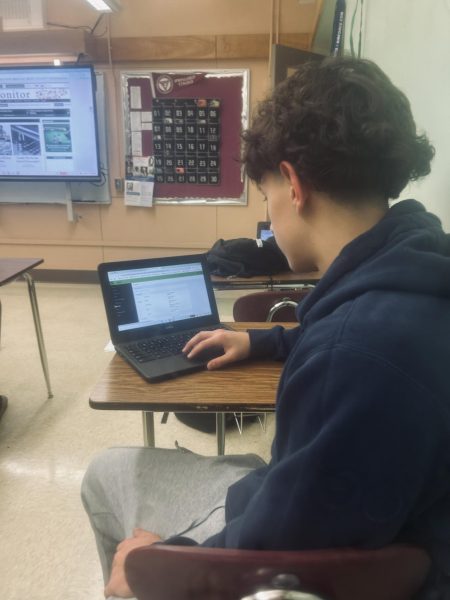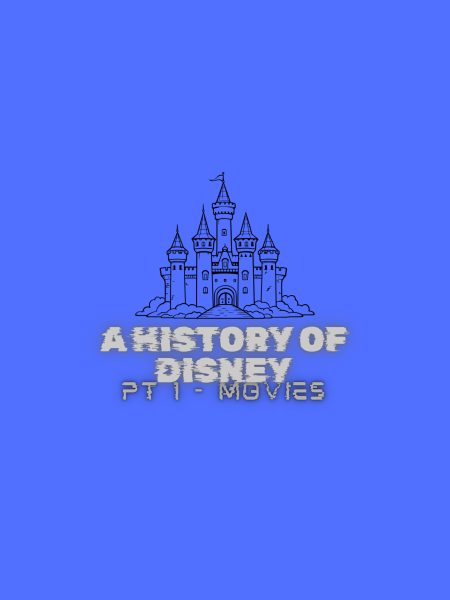A Case For More Accessible Technology: Opinion
A photo of deltamath on a student’s computer shows some of the technology used in classes.
In this new Digital Age, in which we use our phones, our computers, and our apps, we have become so dependent on technology. We can’t go a whole day without needing to use our phones for something, whether it’s for phone calls or Apple Pay, or two-factor authenticator protection to access our computers. In schools, we have also become increasingly dependent on technology.
Even before COVID, before all of our lives changed, we accelerated the push to get children to use and to understand technology. Even in this district, at Westminster Elementary, they cut the drama program and replaced it with a technology class. Over the years, technology has changed the way we do everything. But is technology putting us two steps forward or two steps back?
Before the COVID-19 pandemic hit, accessibility wasn’t a priority. While technology was advancing, the creators of big, multi-million dollar businesses weren’t focusing on their disabled customers. That all seemed to change when COVID-19 made its way around the world. People started to understand the fear of being sick, the fear of becoming disabled, realizing what disabled people have known all along: we are not invincible.
Accessibility isn’t just for disabled people, it is for everyone. Accessibility is convenient, it’s easy, it’s safe, it’s working smarter. Not harder. This is why when bringing technology into the conversation, we question whether the creators of these websites, these apps, these cars, robots, whatever— are taking into consideration that their technology is accessible to all. If we want to continue running the world and our schools with technology, we need to start including disabled people and educate everyone about the importance of making technology accessible.
Technology is possibly the best thing for disabled people; it has offered many individuals more independence like ALT text on images and changing the font on Androids to help dyslexic people read better. Other examples are: apps like TikTok allow closed captions and text-to-speech for creators to add to their videos. Businesses like grocery stores have allowed online ordering to be easy and efficient.
More and more, we are seeing a normalization of accessibility and non-disabled people may not even be noticing it. That doesn’t mean we are anywhere near accessibility, though. These things might seem small, almost “normal”, but they have become a part of our everyday lives. Years ago, though, these things did not exist. Apps as popular as TikTok did not come with the option to create text-to-speech until 2020; the app was first created in 2016. Grocery stores had many opportunities before COVID-19 to switch to online ordering but didn’t take them. Accessibility shouldn’t be an afterthought, it should be part of the planning process. Embedding technology, especially in schools, shouldn’t cram disabled people into an even tighter corner. Technology should be allowing everyone the same equal opportunities.
As we move away from an “analog” era in our schools, we’re seeing more and more technology being used in classrooms. This probably wouldn’t have happened at the speed that it did when COVID-19 hit. Suddenly, we were thrust into an online learning experience. Although it was tough for everybody, making it accessible for everybody didn’t seem to be a priority. Many kids with IEPs and 504 Plans were struggling more than their peers who don’t have them. And then after moving away from remote schooling, getting back to the regular way of living, things that made learning at home hard were integrated into normal classes. Teachers began to use certain websites in their classes with no accessibility tools or individual settings for students. This isn’t “advanced learning”, it is putting students who already are struggling in their day-to-day lives at a greater disadvantage.
However, there is a solution to integrate accessibility into classroom technology. One solution is closed captioned videos. Allowing closed captions on every video shown in class is more beneficial for every student and it is effective with comprehension. Another way to increase accessibility is evaluating software used in classrooms. Student feedback should be considered when trying out new websites; everyone should be able to express their concerns about the websites being used in classrooms. Whatever subject it may be, there is always something about the software that makes learning more difficult. Learning isn’t always supposed to be fun, but it shouldn’t be leaving students feeling as though they aren’t getting the most out of the class because of digital learning.
Overall, accessibility is more than what we see and do. It’s a mindset. The purpose of accessibility is making things inclusive because everyone is different. The way we learn and process information is different, the way we comprehend material is different, the way we exist is different. Accessibility helps break those barriers that limit people from just simply existing. We all deserve tools that help us thrive.

Renée Caisse is a part of the Class of 2024 at Oakmont Regional High School. This is her second year being a part of The Oakmonitor. Renée does many...



